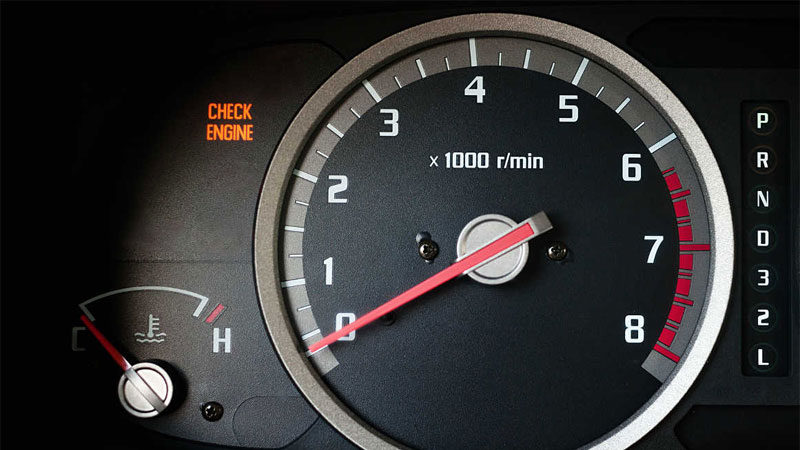You’re driving home from work thinking about what movie you’re going to watch when the kids go to bed when all of a sudden, you see a bright orange money light illuminate on the dash.
Your heart skips a beat as you brace for the self destruct sequence. Wait… the car is still running the way it should? Maybe you can make it home after all!
If you’re reading this article, chances are your check engine light just lit up and you’re not sure what to do next. Don’t worry, check engine lights are pretty common. Most vehicle owners have experienced them at some point in time, especially if they own an older vehicle.
What is a Check Engine Light?
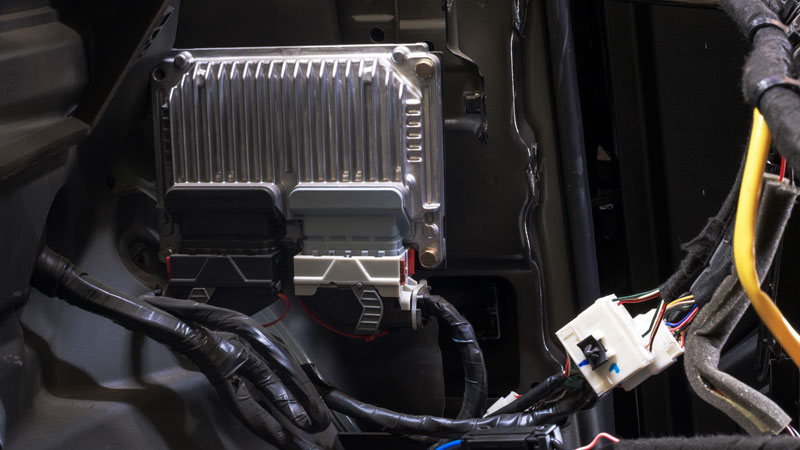
The vehicle’s engine control unit (ECU) is designed to measure and check values coming from each of the vehicle’s sensors. When one of these values falls outside the expected range for a certain amount of time or a certain number of occurrences, a check engine light is triggered.
The “service engine soon” lamp in the instrument cluster illuminates, and the diagnostic trouble code is saved in the ECU’s memory.
All vehicles made since the early 1980s come with some sort of onboard diagnostics system, or OBD. OBD is a common interface for reporting faults and failures with vehicle sensors that can be detected by the ECU, particularly for emissions equipment.
Vehicles made after 1996 have an enhanced version of onboard diagnostics called OBD2. OBD2 systems are more consistent across different makes and models, have more information available, and are easier to scan.
When a check engine light illuminates, many car people call this “throwing a code”. Check engine light (CEL), diagnostic trouble code (DTC), and malfunction indicator lamp (MIL), and “money light” are often used interchangeably.
What Does a Check Engine Light Mean?
When the check engine light is on, your vehicle is aware of a problem with one of its systems, and the code that is saved can be a huge help when you or your mechanic start to diagnose the problem.
Why is My Check Engine Light On?
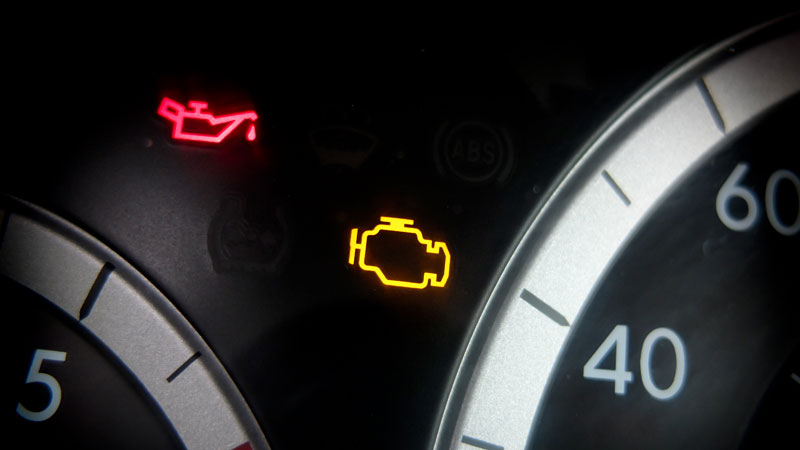
The check engine light may illuminate for any number of reasons, or even a combination of faults. There may be a faulty sensor such as a mass air flow (MAF) sensor or an oxygen (O2) sensor.
The ECU may have detected a misfire, or the vehicle may be running excessively rich or lean.
Is it Safe to Drive With a Check Engine Light?

This may come as a surprise, but it is often safe to drive with a check engine light on. This is highly dependent on what the actual problem is, but if your vehicle is otherwise running fine, it’s probably safe to carefully drive your vehicle to a mechanic to have the shop inspect the vehicle.
The vehicle may run with significantly reduced fuel economy until you get the problem addressed. If your vehicle is running pretty rough or feels unstable, pull over as soon as it is safe to do so and have the vehicle towed to the nearest mechanic for evaluation of the problem.
What Happens If I Leave the Check Engine Light On?

Even if the vehicle feels fine, it’s a good idea to not leave the check engine light on for longer than you absolutely have to.
In more severe cases, one or more sensors that read very anomalous values may put the car into limp mode, which is a failsafe mode that greatly reduces the vehicle’s capability.
Your engine may have several failing components. If the check engine light is already illuminated, you won’t notice when another component causes a different code to be thrown, since the light is already lit up on your dash.
If you live in an area that performs emissions tests, your vehicle is likely to fail the test if your check engine light is illuminated.
How Do I Reset the Check Engine Light?
OBD1
On vehicles older than 1996 with OBD1 systems, you may be able to read the code using a jumper wire or paper clip. Connect the wire between the ground (GND) and test engine (TEN) pins, found in the diagnostic box under the hood.
Once you connect the wire, the check engine light should flash in a pattern that indicates the code that was thrown. Different vehicles have different names for the TEN pin.
Since the OBD1 interface is less standardized, you will probably have to refer to a repair manual for your vehicle’s specific process for reading and clearing codes.
If you don’t have access to a repair manual, try searching Google with a query like “1994 mazda protege reset check engine light”, substituting your specific year, make, and model.
OBD2
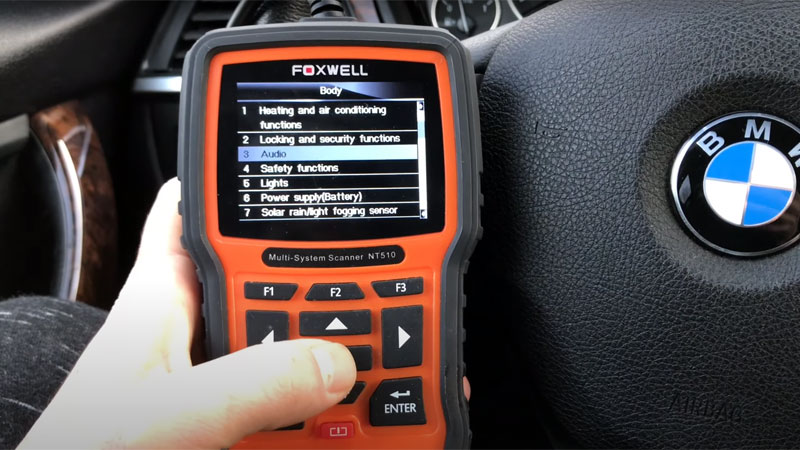
If you want to reset your check engine light, you will need an automotive scan tool. These tools can often be borrowed from an auto parts store, or can be found inexpensively online. Most scan tools give you the ability to clear a diagnostic trouble code.
Unhook the Battery Ground
Regardless of OBD interface, you can usually reset the check engine light by unhooking the battery ground. Do note that this may also reset other vehicle settings, such as your favorite radio stations.
Vehicle Readiness Checks
Your vehicle performs certain “readiness” checks to determine that all systems are nominal. These readiness checks often require you to drive a certain way for a certain amount of time as the ECU iterates through an internal checklist.
These tests are designed to ensure all sensors are working properly and reporting values within their expected ranges, even in a variety of driving conditions.
If you reset your check engine light and head straight to your smog test, you are likely to fail inspection because these readiness checks have not yet completed. In other words, you may still fail an emissions test even if the check engine light is off.
It may take up to a week for all readiness checks to finish, depending on the vehicle and your specific driving conditions.
Conclusion
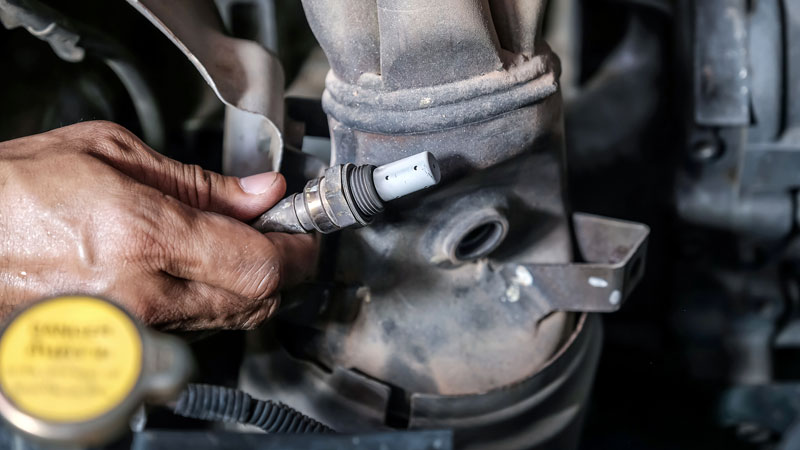
While it may seem scary at first, the check engine light is usually nothing to fear. Diagnostic trouble codes exist to help you and your technician diagnose small problems with your vehicle before they become big problems.
It’s always a good idea to get your check engine light scanned so you know the nature of the problem that has been reported. Many auto parts stores can perform this service for free. If you’d like to own your own scan tool, check out our list of top scan tools on the market today.
- Cars with an LS3 Engine (And Why They’re So Popular) - March 26, 2024
- 5 Ways to Tell Your Catalytic Converter Has Been Stolen - March 4, 2024
- How to Break In a New Engine (7 Tips to Prolong Your Vehicle) - February 27, 2024

